Introduction to Trekking in Himachal
Trekking in Himachal is one of the most authentic ways to experience the raw beauty of the Indian Himalayas. With high-altitude passes, dense pine forests, river valleys, and snow-capped peaks, Himachal Pradesh offers endless opportunities for adventure seekers. The terrain ranges from easy day hikes to challenging multi-day expeditions. Whether you’re a beginner or a seasoned trekker, Himachal has something for every walking soul.
Why Choose Himachal for Trekking?
Himachal Pradesh sits at the heart of the western Himalayas, sharing its borders with Tibet, Uttarakhand, and Jammu & Kashmir. The variety of elevations—ranging from 600 meters to over 6,000 meters—creates ideal conditions for trekking. It is one of the few Indian states where trekking is a year-round activity, with each season offering a different kind of scenic reward.
Spring and summer bring wildflowers and clear skies, while autumn gives golden hues to the meadows. In winter, snow treks like Hampta Pass or Prashar Lake turn magical. The infrastructure, including local guides, homestays, and eco-camps, also makes trekking in Himachal more accessible and safer.
Popular Treks for Beginners
1. Triund Trek
Triund is the go-to trail for beginners interested in trekking in Himachal. Starting from Mcleodganj, this 9-km trek offers panoramic views of the Dhauladhar range. The trail passes through oak and rhododendron forests, and by evening, you’re rewarded with a stunning sunset above the clouds.
2. Kareri Lake Trek
Situated at an altitude of 2,950 meters, Kareri Lake is a glacier-fed waterbody surrounded by lush alpine vegetation. The trail begins from Kareri village and is ideal for those who want a 2-3 day trekking experience with moderate effort and high scenic rewards.
3. Prashar Lake Trek
An easy trek that starts from Baggi village, Prashar Lake is known for its floating island and a 13th-century temple beside the lake. This winter trek is especially popular for its snow-covered paths and sunrise views.
Intermediate Trails Worth Your Boots
1. Bhrigu Lake Trek
Bhrigu Lake, located near Manali, sits at 4,300 meters. It’s a 3-4 day trek that treats you to lush meadows, alpine forests, and a sacred glacial lake. Trekking in Himachal often includes cultural layers, and Bhrigu Lake is no exception—it’s named after Maharishi Bhrigu and holds spiritual value.
2. Hampta Pass Trek
One of the most dynamic trails in Himachal, the Hampta Pass connects the Kullu Valley to Lahaul. Starting from Jobra and ending in Chatru, the trek takes 5-6 days and includes river crossings, dramatic shifts in terrain, and even a visit to the Chandratal Lake.
3. Chandrakhani Pass Trek
Chandrakhani Pass, at around 3,600 meters, offers sweeping views of the Parvati, Deo Tibba, and Pir Panjal ranges. It’s a great choice for those who have completed basic treks and are ready for slightly more altitude and endurance.
Advanced Treks for Serious Trekkers
1. Pin Parvati Pass Trek
This is one of the most challenging trekking in Himachal experiences, crossing from the lush Parvati Valley into the stark Spiti Valley. It covers over 100 kilometers in 10-11 days, traversing rivers, glaciers, and high passes. Altitude sickness is a real concern here, so acclimatization and physical readiness are essential.
2. Bara Bhangal Trek
Known as one of the toughest treks in Himachal Pradesh, this trail connects the Kullu Valley to the remote village of Bara Bhangal in Kangra. This 12-15 day expedition is physically demanding but equally rewarding for its untouched landscapes and isolated mountain villages.
3. Indrahar Pass Trek
Starting from Mcleodganj, this trek climbs to an altitude of over 4,300 meters. The trail involves steep ascents and rocky ridges, and it’s recommended only for experienced trekkers. It’s one of the best examples of high-altitude trekking in Himachal for those looking to challenge their limits.
Best Time to Go Trekking in Himachal
- March to June: Ideal for most low and mid-altitude treks like Triund, Kareri, and Bhrigu Lake. Flowers are in bloom, and the weather is pleasant.
- July to September: Good for high-altitude treks like Hampta Pass and Pin Parvati. However, monsoon rains can make trails slippery and landslide-prone.
- October to November: Excellent for crystal-clear skies and post-monsoon treks. Chandrakhani and Indrahar Pass are stunning during this period.
- December to February: Best time for snow treks like Prashar Lake and snow-capped trails around Manali and Dharamshala.
What to Pack for Your Trek
Proper preparation is essential for a successful trek. Here’s a basic list:
- Clothing: Layered woolens, windproof jackets, raincoat, trekking pants
- Footwear: High-ankle trekking boots, woolen socks
- Gear: Trekking poles, headlamp, water bottle, sunglasses, sunscreen
- Essentials: First-aid kit, high-energy snacks, ID proofs, power bank
- Documents: Permits if required, insurance papers, emergency contact info
For treks over 3,000 meters, carrying an oximeter and diamox (under medical advice) is recommended.
Safety Tips for Trekking in Himachal
- Acclimatize Properly: Give your body time to adjust to high altitudes, especially above 3,000 meters.
- Stay Hydrated: Dehydration can accelerate altitude sickness. Carry purified water or a filtration system.
- Hire Local Guides: Always trek with certified guides who know the terrain and weather patterns.
- Weather Watch: Mountain weather changes rapidly. Carry layers and never ignore storm warnings.
- Pack Light: Extra baggage increases fatigue. Carry only what’s essential.
- Respect the Environment: Avoid littering, follow marked trails, and support local eco-tourism initiatives.
Cultural Touchpoints During Treks
Trekking in Himachal is not just about landscapes—it’s also about people and traditions. On many routes, you’ll come across shepherds (Gaddis), remote Himalayan villages, and ancient temples. Homestays in places like Malana, Tosh, or Barshaini allow trekkers to experience local food and customs.
Traditional Himachali food such as Siddu, Thukpa, and local dairy products are often part of the trek experience. Most locals speak Hindi and Pahari, but English is also understood in popular trekking regions.
Responsible Trekking in Himachal
Sustainable trekking is crucial to preserve the delicate mountain ecology. Some ways to do that:
- Use reusable water bottles and avoid single-use plastics.
- Follow the “Leave No Trace” policy.
- Support local businesses instead of big operators.
- Do not disturb wildlife or pluck alpine flowers.
- Use certified eco-camps and avoid unauthorized camping.
Many trekking areas are part of wildlife sanctuaries or fragile ecosystems, and your choices impact their future.
Permits and Regulations
Some treks in Himachal, especially those near international borders or protected forests, require permits. Always check with local tourism offices or your trek operator beforehand. For example:
- Pin Parvati Trek needs prior permission from forest departments.
- Foreigners may need to register with local police in restricted areas.
- Treks in protected areas often have entry fees and camping regulations.
Getting to Trekking Starting Points
- Manali: Base for Hampta Pass, Bhrigu Lake, and Chandratal access.
- Mcleodganj: Start point for Triund, Indrahar Pass, and Kareri Lake.
- Kasol/Barshaini: Starting point for Kheerganga and Pin Parvati.
- Kullu & Bhuntar: Gateway to Tirthan Valley and Sainj treks.
Most of these towns are well connected by road from Delhi, Chandigarh, and Shimla. Nearest airports include Bhuntar (Kullu) and Kangra (Dharamshala).
Final Thoughts
Trekking in Himachal is more than just a physical journey—it’s an immersion into high-altitude life, ancient cultures, and untamed nature. From easy one-day treks to long trans-Himalayan trails, Himachal Pradesh offers a unique blend of adventure, peace, and raw Himalayan beauty. Whether you’re looking to escape city life, test your endurance, or just experience the mountains in their most real form, trekking in Himachal gives you that path.
Every trail has its own character, and every trek leaves you with memories stitched in snow, forest, and sun-drenched ridges. Choose your trail, pack smart, and let the Himalayas do the rest.



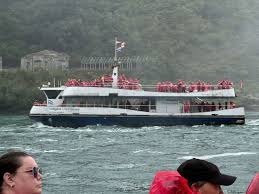
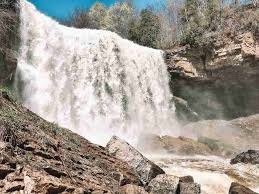
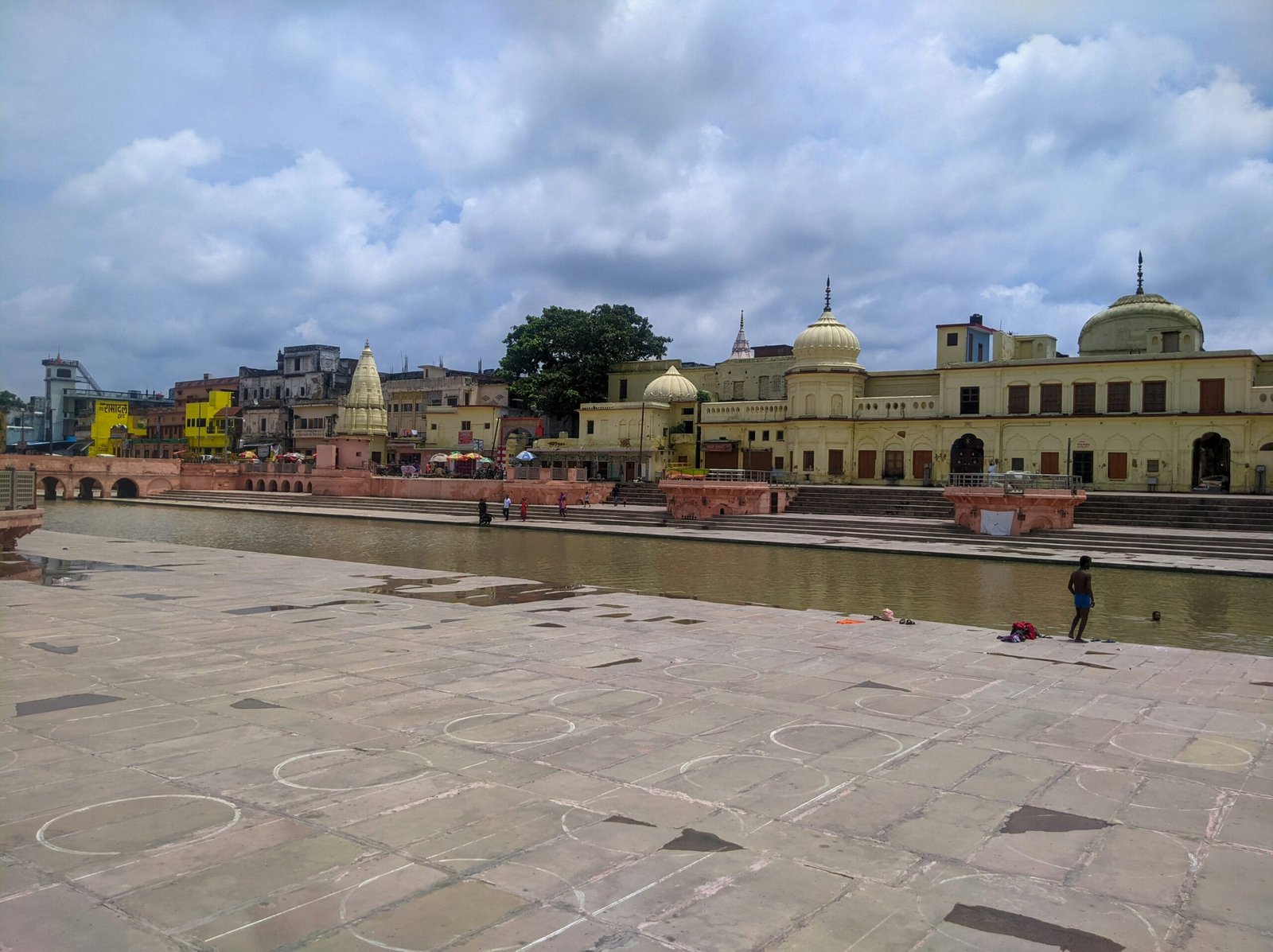
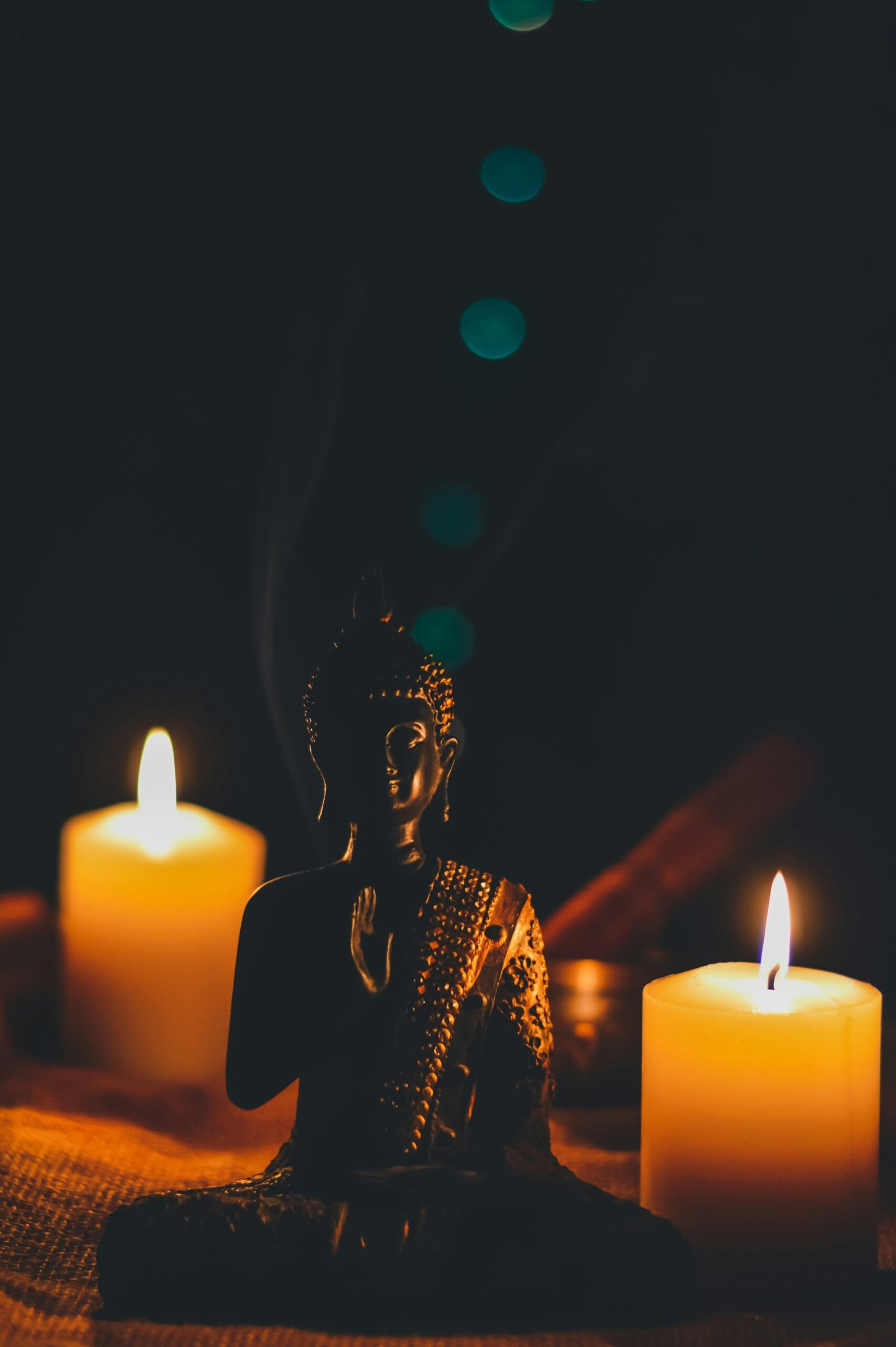
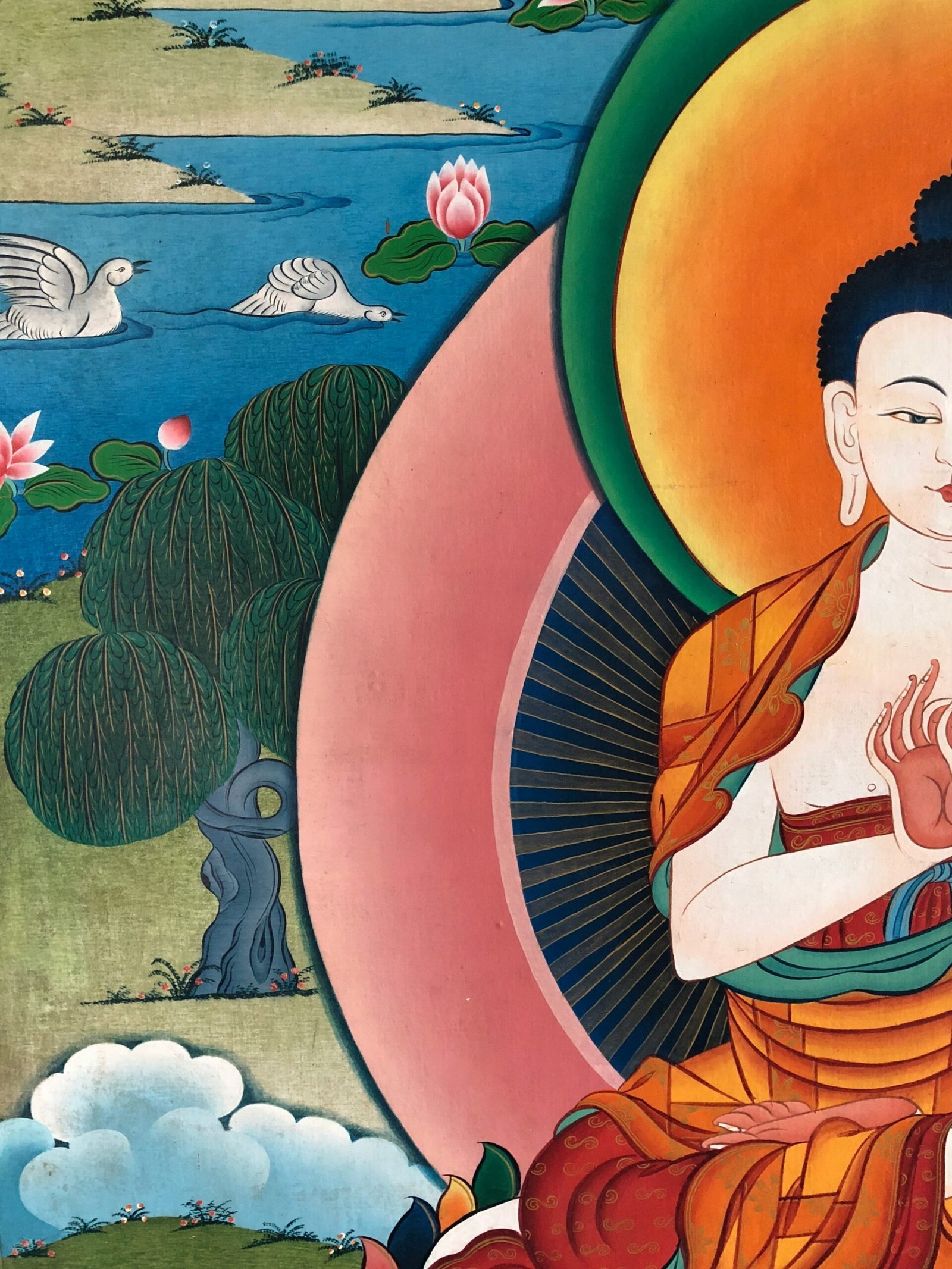
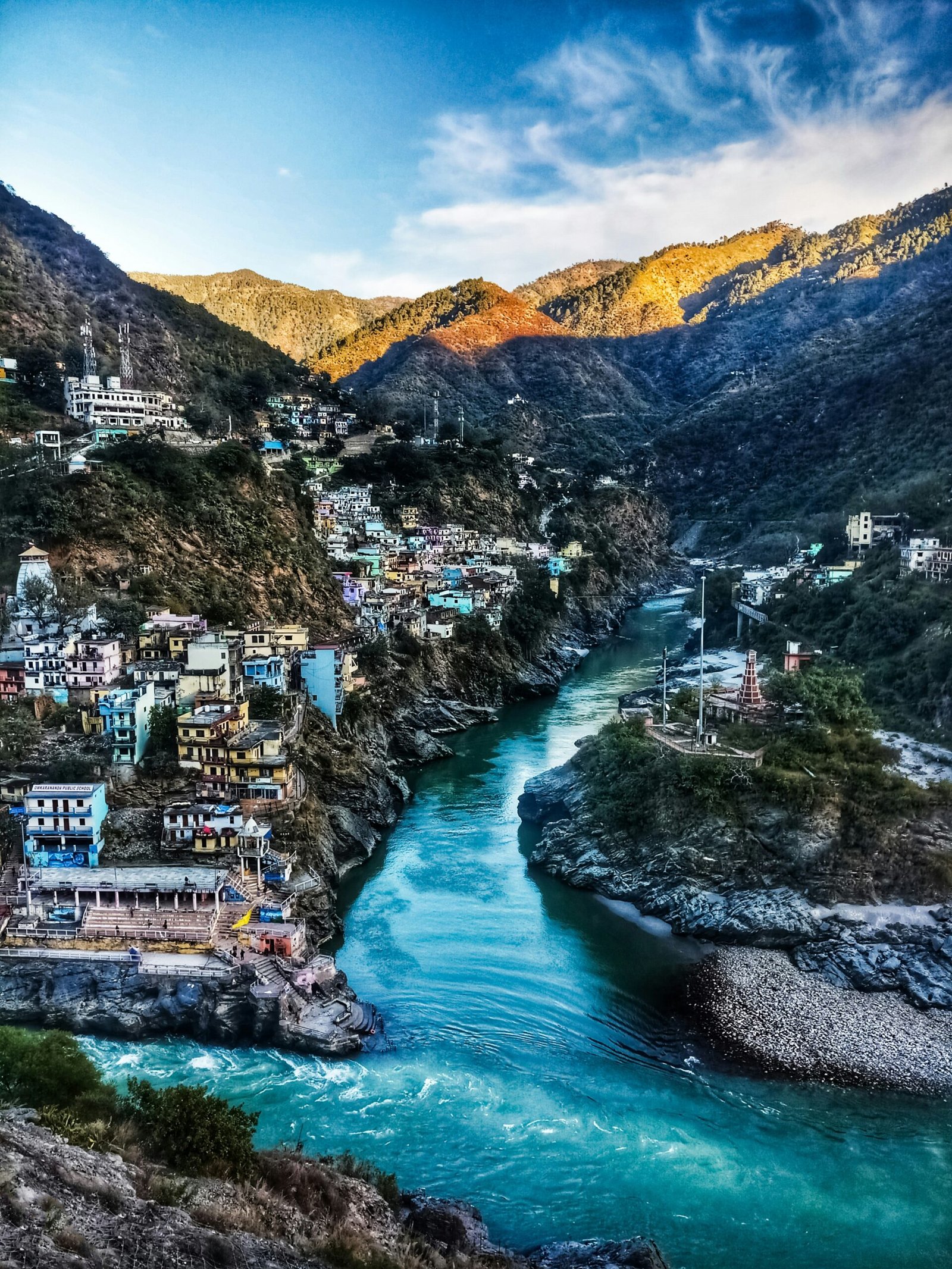
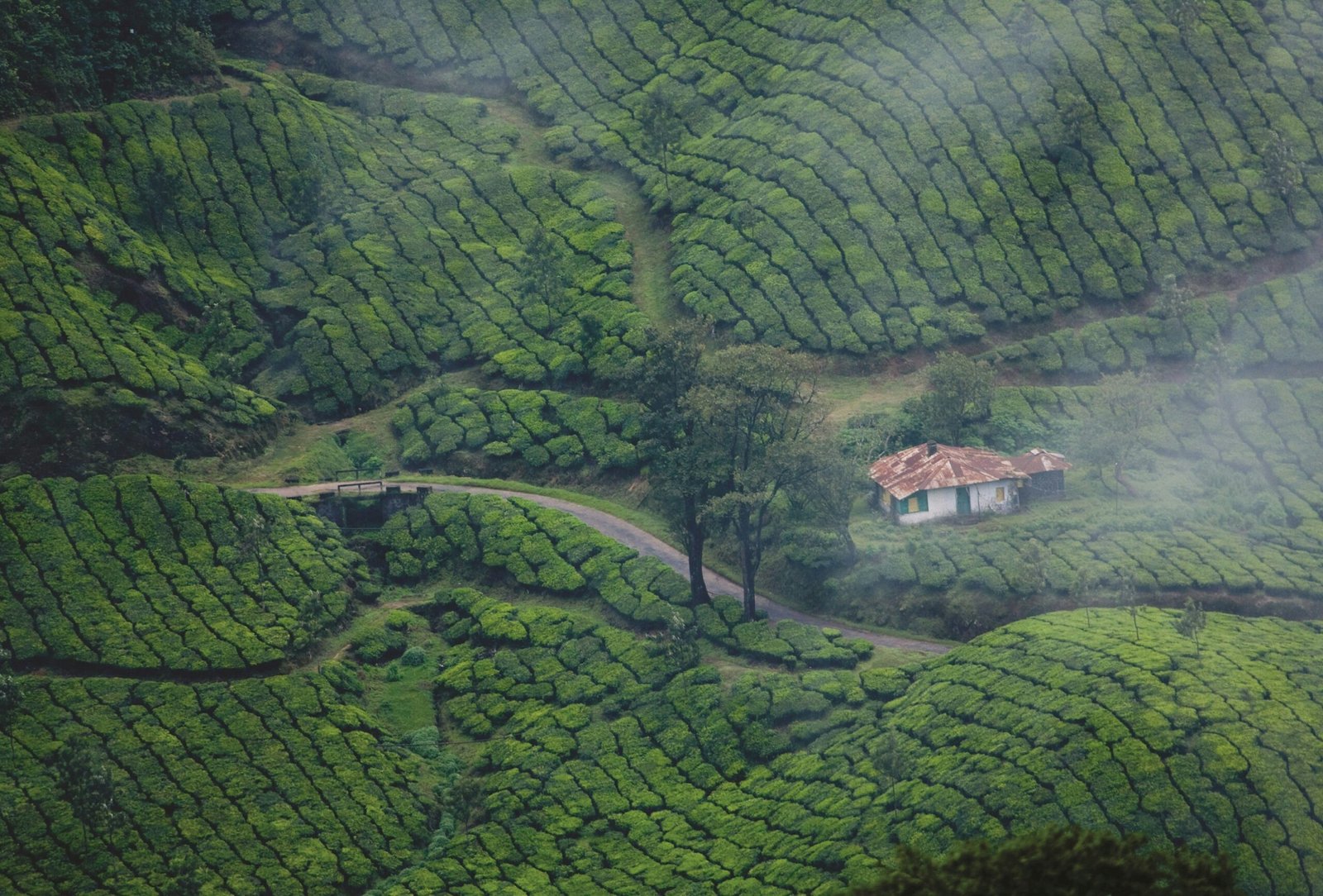
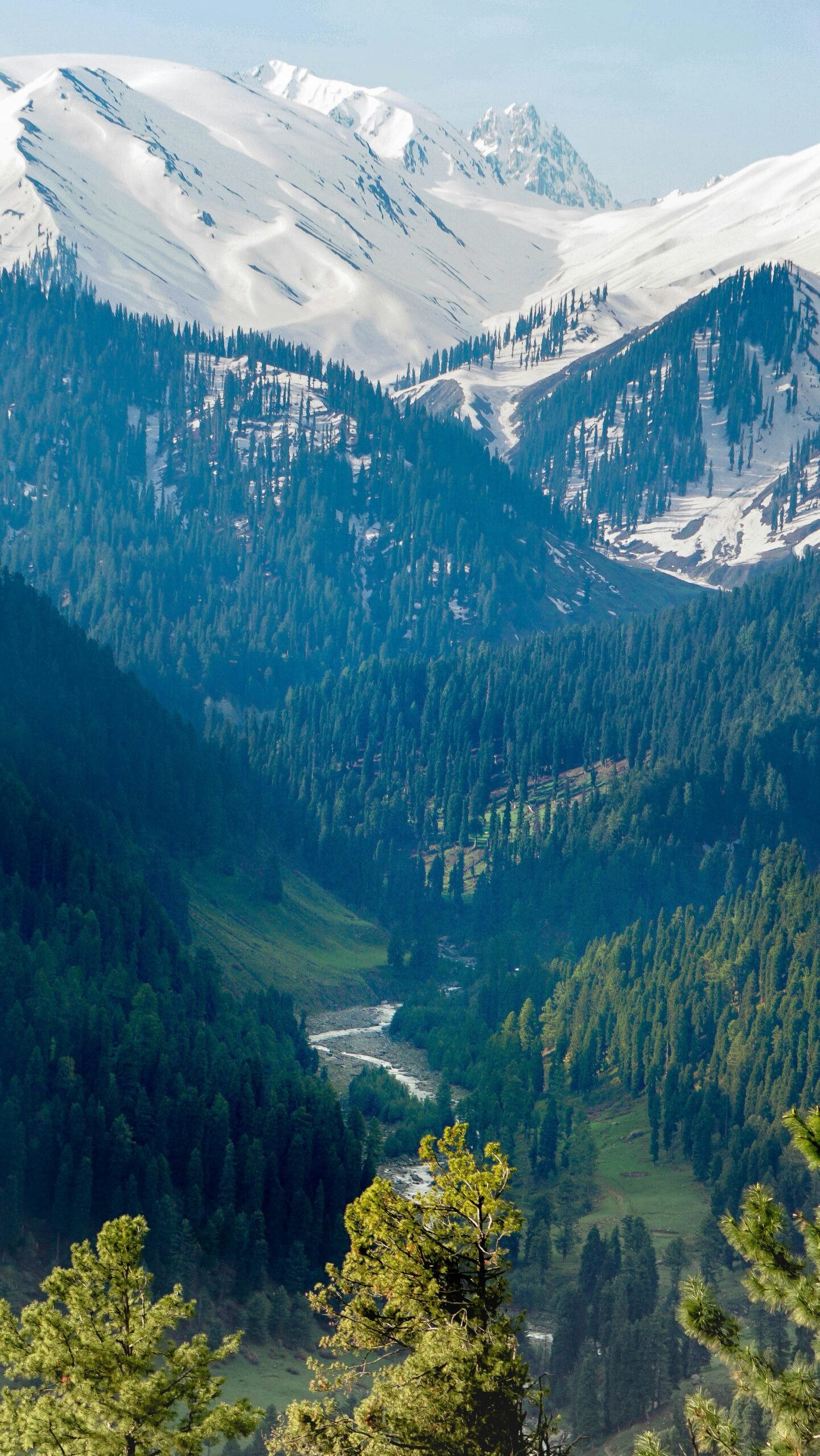
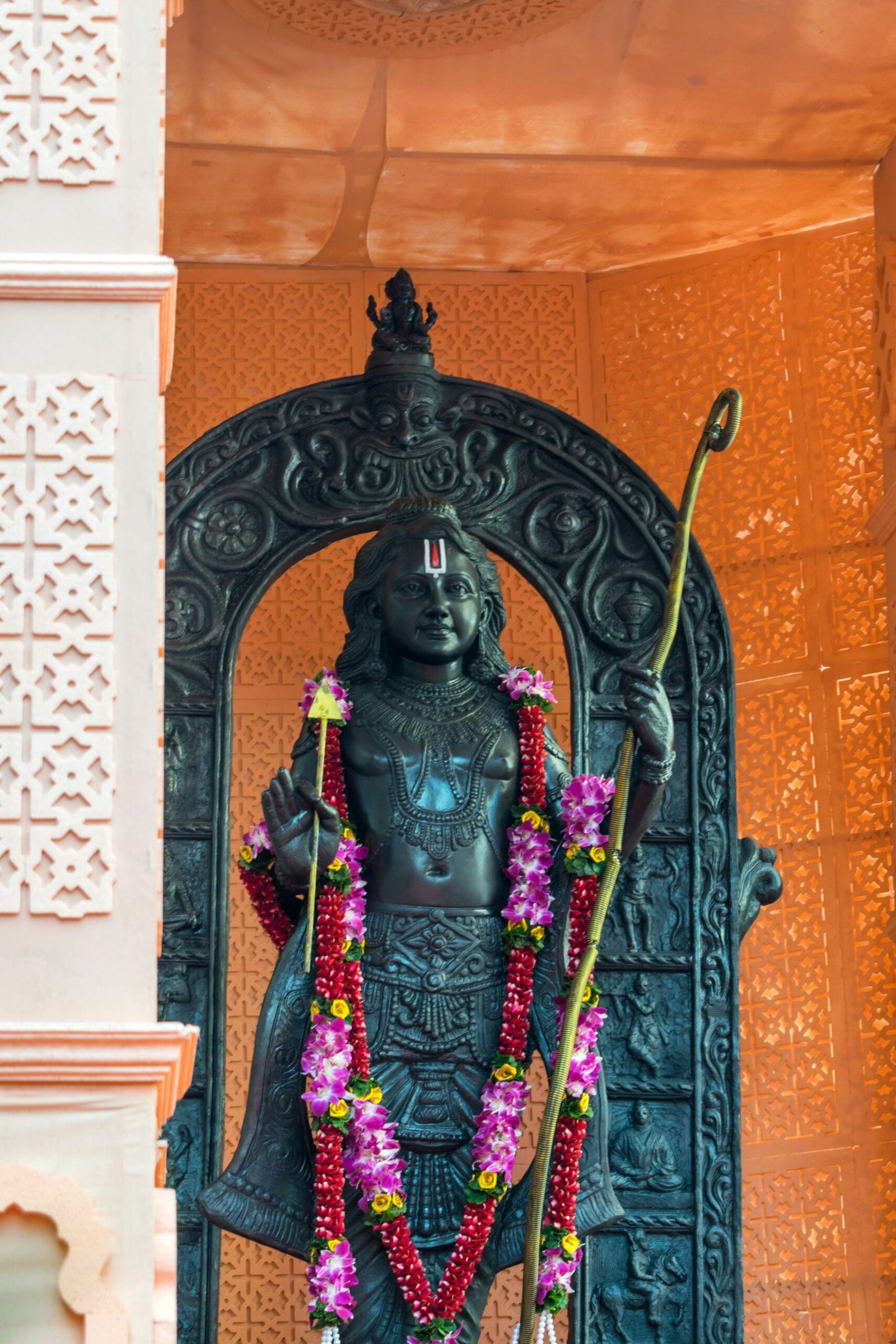




Leave a Reply